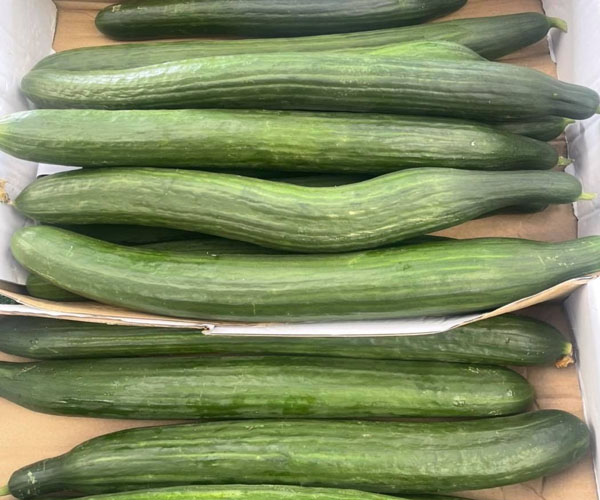Types of Forests in India and World One Needs to Visit in a Lifetime
Forests are required to maintain a healthy environment and a balanced ecosystem. There are types of forests in India, which also provide shelter to several species of flora and fauna. They are very dense and sparsely populated. These days, forests have also become apart of tourist attraction as they provide much to see and experience. It is said that forests cover around 19.5% of the total area in our country. Hence forests can be classified mostly into moist tropical forests, dry tropical forests, montane temperate, montane subtropical forests and alpine forests. This article gives us an insight more about forest area in India and when to visit them.
The various types of forests present in a particular place are dependent on the temperature of the region and the longitude & latitude. Different latitudes have different echo-zones. Good examples are the Boreal forests that are found near the poles, tropical forests are found near the equator, and temperate forests are located at mid-latitude.
So, if you have been wondering how many types of forests are there, here is a quick guide to your question. Predominantly, there are three different types of forests based on latitude.
Different Forest Types:
There are different types of forest areas in India and other countries. Let us know more in detail about them.
A. The Tropical:
Temperature is on average 20-25° C and varies little throughout the year. The average temperatures of the three warmest and three coldest months do not differ by more than 5 degrees. The precipitation is evenly distributed throughout the year, with annual rainfall exceeding 200 cm. The soil in this area is nutrient-poor and acidic. The area is rich in fauna, and include numerous birds, bats, small mammals, and insects.
B. The Temperate:
Temperature varies from -30° C to 30° C. Precipitation of 75-150 cm and is distributed evenly throughout the year. The soil is fertile, enriched with decaying litter. The canopy is dense to a moderate level and allows light to penetrate, leading to well-developed and richly diversified understory vegetation and stratification of animals. 3-4 tree species per square kilometres characterise Their flora.



















